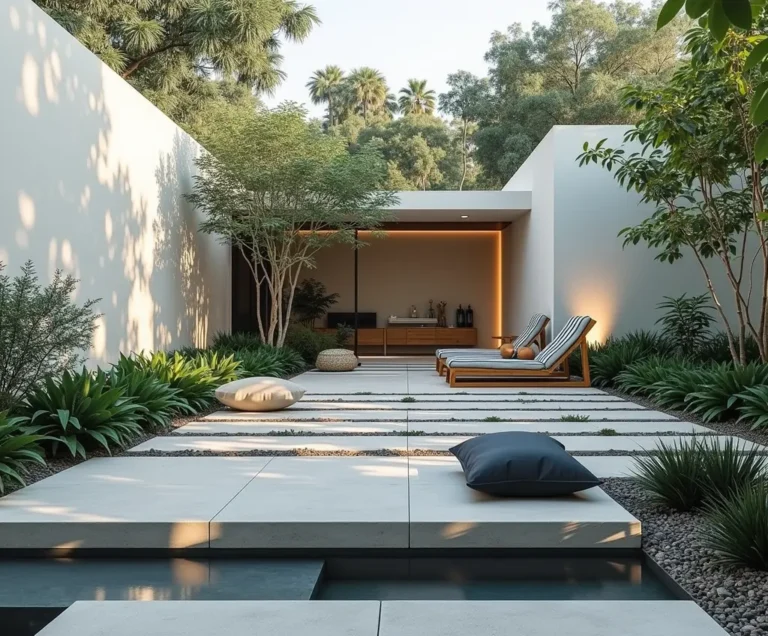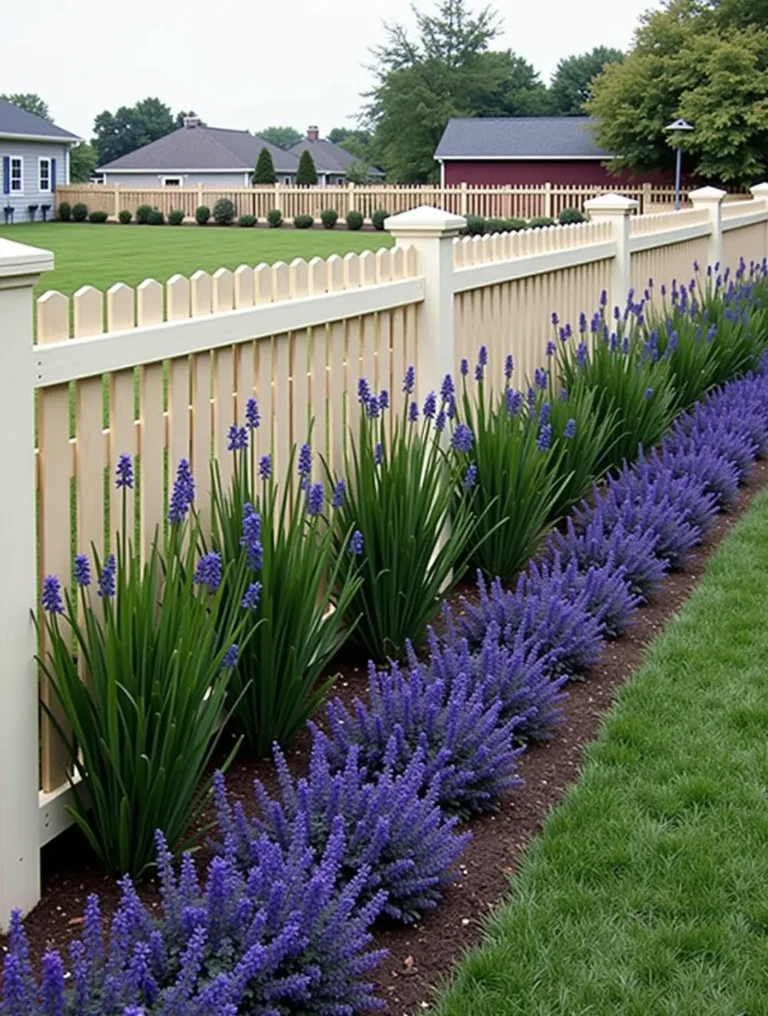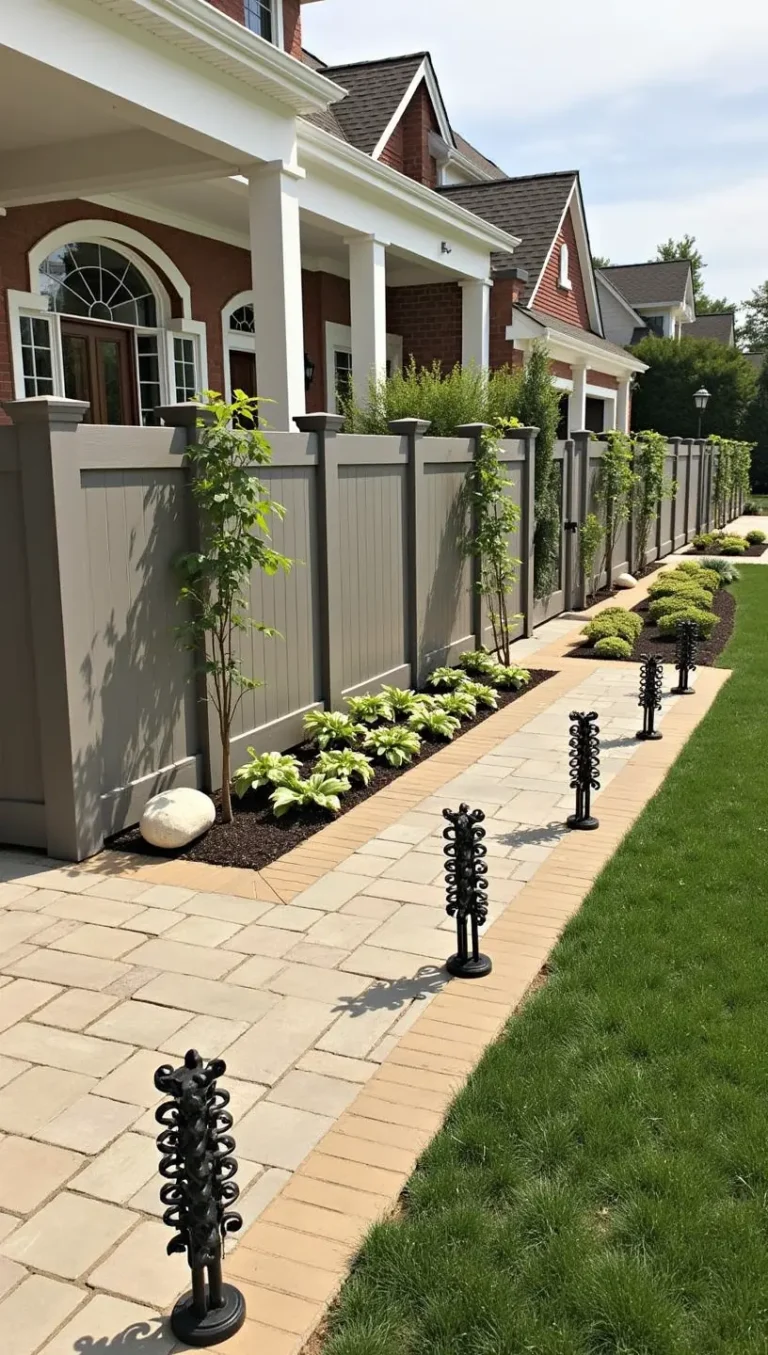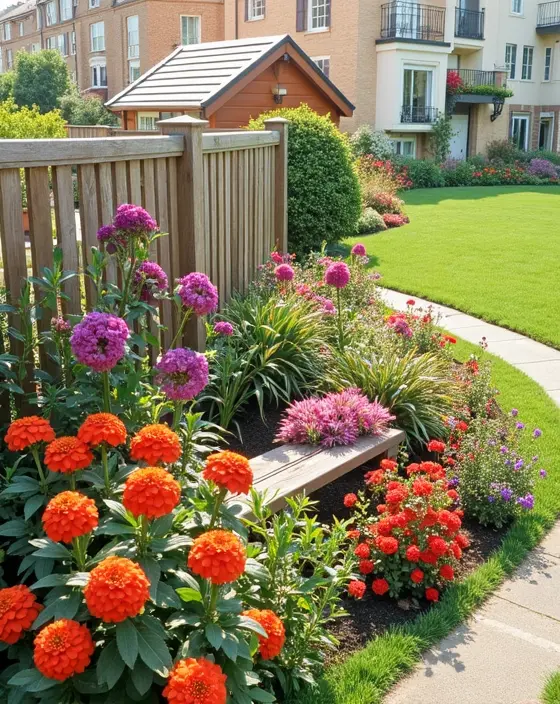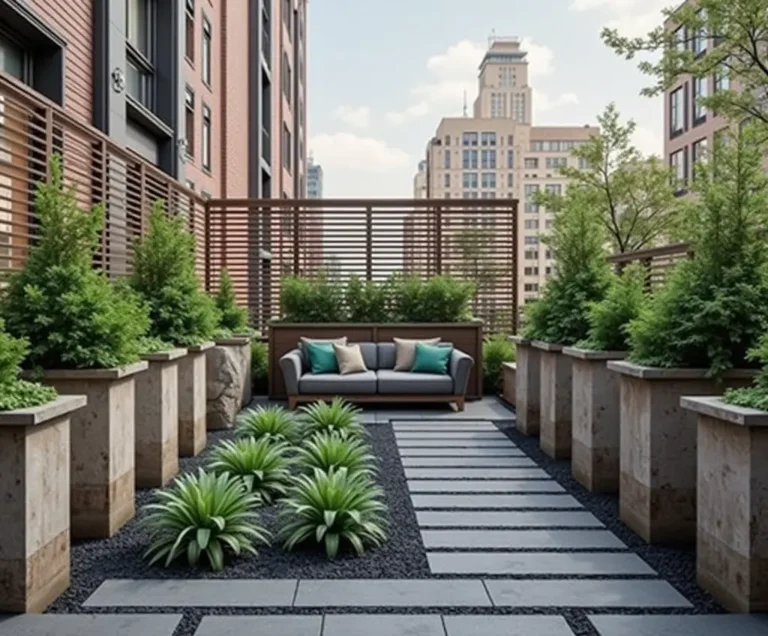Learn How to Create a Rain Garden
What is a Rain Garden?
A rain garden is a beautiful and eco-friendly landscaping feature designed to capture and absorb rainwater runoff from impervious surfaces like roofs, driveways, and sidewalks. Rain gardens are not just functional; they are also a sustainable way to manage stormwater while enhancing the beauty of your yard. Imagine a vibrant oasis filled with native plants that attract butterflies and birds, all while helping to protect your local ecosystem. Let’s delve deeper into the benefits of rain gardens and how you can create one in your own yard.
The Advantages of a Rain Garden
Before we explore the steps to build a rain garden, let’s discuss why you might want to consider one. Here are some compelling benefits:
- Stormwater Management: Rain gardens help to reduce flooding and erosion by allowing water to infiltrate the ground rather than run off into storm drains.
- Pollution Reduction: By filtering rainwater through soil and plants, rain gardens can trap pollutants and improve water quality in nearby streams and rivers.
- Biodiversity Enhancement: Planting a variety of native plants attracts wildlife, contributing to local biodiversity and creating habitats for birds, bees, and other beneficial creatures.
- Aesthetic Appeal: Rain gardens can be designed to complement your landscape, adding beauty and diversity to your yard.
How to Build a Rain Garden in Your Yard
Building a rain garden may sound daunting, but with the right guidance, it can be an exciting DIY project. Here’s a step-by-step guide to help you through the process:
Step 1: Choose the Right Location
The first step in building a rain garden is to select a suitable location. Look for an area in your yard where rainwater naturally collects, such as near downspouts, driveways, or patios. Ensure the spot is at least 10 feet away from your home’s foundation to prevent water from seeping into the basement.
Step 2: Determine the Size
The size of your rain garden should be proportional to the area draining into it. A general rule of thumb is that your rain garden should be roughly 20-30% of the area that drains into it. For example, if your roof drains into the garden and the roof area is 1,000 square feet, your rain garden should be about 200-300 square feet.
Step 3: Design the Garden
Now comes the fun part—designing your rain garden! Consider using a varied layout that includes different plant heights, colors, and textures. Choose native plants that thrive in your climate and soil conditions. Grasses, wildflowers, and shallow-rooted trees make great choices.
Step 4: Dig the Garden Bed
Once your design is finalized, it’s time to dig. Excavate the area to a depth of about 6-12 inches. This will allow for enough soil to manage water absorption. Be sure to create a slight depression in the center to promote water collection.
Step 5: Add Soil and Amendments
To encourage optimal drainage, mix sand with native soil in a ratio of about 1:3. This will enhance the soil structure, helping it soak up rainwater more effectively. Fill the garden bed with this mix, ensuring it’s level and properly sloped towards the center.
Step 6: Plant Your Garden
Now for the highlight—planting! Arrange your chosen plants according to your design. Place taller plants in the back and shorter plants in the front for visual appeal. Water the plants well after planting to help them establish.
Step 7: Mulch and Maintain
After planting, apply a layer of mulch to help retain moisture, suppress weeds, and provide a polished look. Maintenance involves regular weeding, watering during dry spells, and occasional re-mulching to ensure your rain garden thrives.
FAQ About Rain Gardens
What types of plants are best for a rain garden?
Native plants that are adapted to your local climate are ideal. Look for a mix of grasses, flowers, and shrubs that thrive in wet conditions.
How much water can a rain garden handle?
The amount depends on its size and depth, but a well-designed rain garden can effectively manage significant rainfall, absorbing runoff from impervious surfaces.
How do I ensure my rain garden won’t attract mosquitoes?
To prevent mosquito breeding, ensure your rain garden drains within 24 hours of rainfall. Include plants that attract beneficial insects such as dragonflies that prey on mosquitoes.
Do I need a permit to build a rain garden?
In most areas, you do not need a permit. However, it’s best to check with local authorities or homeowners’ associations for any specific regulations or guidelines.
Can I have a rain garden in a small yard?
Absolutely! Even a small rain garden can be effective. Just ensure it’s designed to capture and hold water effectively while selecting appropriate plants for the space.
Building a rain garden not only helps the environment but also adds beauty to your outdoor space. By following these steps, you too can create a thriving rain garden that benefits both your property and the planet.
“

